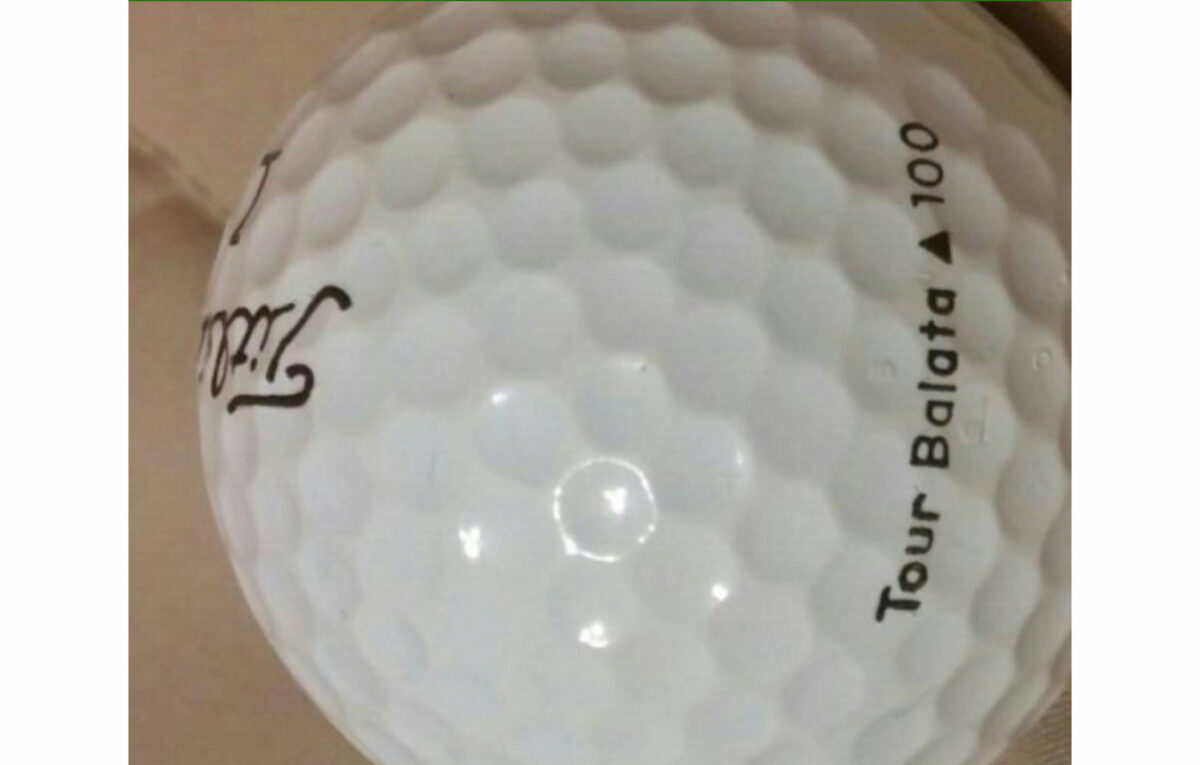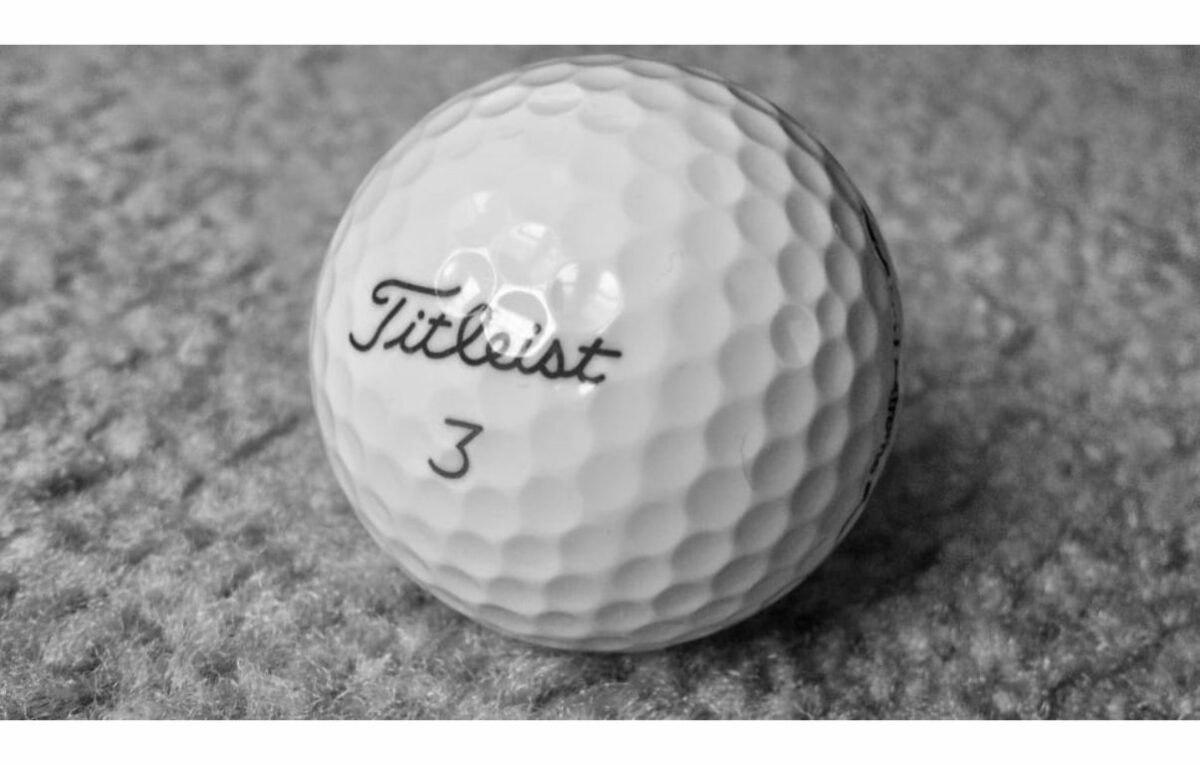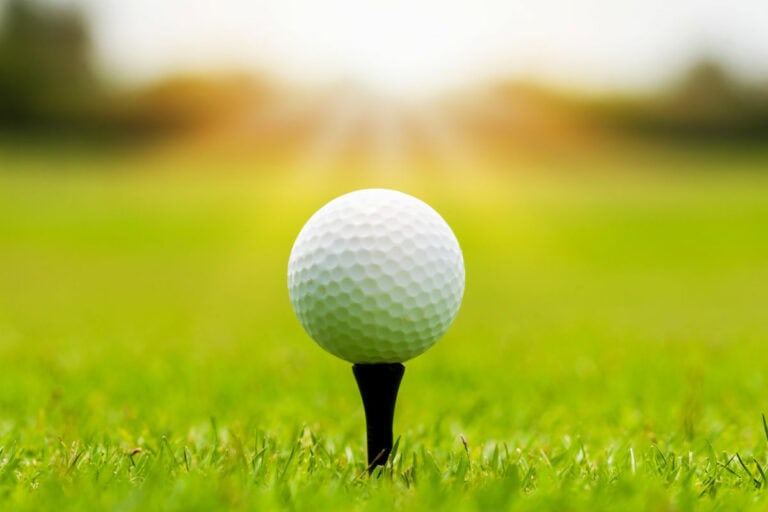What Happened to Balata Golf Balls?
For much of golf’s history, balata was the preferred cover material for golf balls. This soft, rubbery substance derived from tropical trees helped create premium balls acclaimed for their soft feel.
But balata balls are rarely seen today after being phased out years ago. What led to the downfall of this once iconic golf ball?
Let’s take a nostalgic look back at the era of balata balls, the performance and feel they delivered, and how and why new materials eventually superseded them. We’ll also see if balata balls still have a place in today’s game.

The Rise and Peak of Balata Golf Balls
Balata first became a cover material for golf balls in the early 20th century, with models like the revolutionary Haskell ball. The pure balata “thread wound” balls surpassed previous gutta-percha designs in performance.
By the 1950s and 60s, balata was the premier golf ball cover used by all the top brands. Iconic balls like the Titleist Tour Balata were immensely popular with pros and low-handicap players.
At its peak from the 1960s through the 1990s, balata was the undisputed choice of the best players in golf for its superior feel and scoring control. Premium balata balls commanded high prices but delivered an unrivaled feel.
Benefits and Drawbacks of Balata Golf Balls
Here are the key benefits balata offered as a golf ball cover material:
- A very soft feel off the clubface led to excellent control.
- Increased spin generation allowed aggressive shotmaking.
- Responsive feel on pitches, chips, and putts.
- Natural substance conformed well to clubface at impact.
- Dimples were easily molded for aerodynamics.
But balata did come with some disadvantages:
- Not very durable or resistant to cuts and shears.
- Losing liquid center over time deadened performance.
- Not resistant to temperature extremes causing hardness changes.
- Softer material limited driver distance off the tee.
The Decline of Balata Golf Balls
Starting in the late 1990s and accelerating through the 2000s, balata golf balls went into sharp decline. By the mid-2000s, they were essentially extinct at the professional level. Several key factors drove the shift away from balata:
- New synthetic covers – Surlyn and urethane covers offered better durability and performance.
- Swing speed increases – Faster swing speeds required harder covers for optimal distance.
- Manufacturing advances – New multilayer balls with non-thread wound cores outperformed balata.
- Price drops – Modern two-piece balls matched balata distance at lower costs.
- Top player shift – As Tiger Woods shifted from balata, many golfers followed.
While beloved for generations, balata simply could not keep pace with polymer chemistry and new construction innovations.
Modern Replacements For Balata
The key materials that drove balata into obsolescence included:
- Surlyn – DuPont’s ionomer resin offered cut-proof durability and distance. It became the standard for recreational balls.
- Urethane – While not as durable as surlyn, soft urethane covers restored a premium feel and short game control.
- Solid cores – New molded cores removed deficiencies of wound rubber cores.
Modern multi-layer balls with these advanced covers and cores overtook balata by delivering better performance, feel, and durability in one package.

Do Any Balata Golf Balls Still Exist?
While balata balls are now rare, some niche manufacturers still produce small batches primarily as collectibles and for golf purists.
Brands like MaxFli still offer a few Thread Wound balata models like the StraightFli and Noodle. Occasional limited runs will produce older iconic brands too.
But these leftover balata balls are scarce and expensive. Large mass production ceased years ago as demand evaporated. Only a tiny fraction of golfers still use balata today.
Reasons Golfers Still Use Balata Balls
While rare, some golfers still seek out balata balls for:
- Nostalgia and purist feel – older golfers fondly remember the soft sensation.
- Artifacts for collectors – balata balls command high prices as collectibles.
- Sound and satisfaction – the solid thwack coming off a balata ball.
- Rare playing challenge – to relive golf’s golden era.
But performance limitations relegate balata to very occasional novelty use rather than serious competitive play today.
Are Balata Balls Obsolete Against Modern Balls?
objectively speaking, modern urethane-covered multi-layer golf balls outperform vintage balata balls across the board:
- New materials offer much greater durability.
- Optimized dimple patterns increase distance further.
- Multilayer designs enhance energy transfer for more power.
- Firmer covers resist excessive driver spin for amateur swings.
- Consistency is superior through exacting manufacturing quality control.
From a competitive standpoint, balata balls simply cannot match the scoring performance of today’s leading golf balls. But they retain undeniable nostalgic charm.
The Legacy and Lore of Balata Golf Balls
While their competitive lifespan is over, balata balls leave behind a rich legacy. The soft feel sensation they produced alongside legends like Arnold Palmer and Jack Nicklaus ensures they hold a revered place in golf history.
The rapid demise of balata interrupted by new technologies also demonstrates the ever-changing, innovative nature of golf equipment. This progress continues today with advanced data-driven designs.
But generations of golfers fondly remember the incomparable feeling of compressing a pure balata ball off the tee. That unmatched nostalgia ensures balata balls remain part of golf’s treasured roots.

